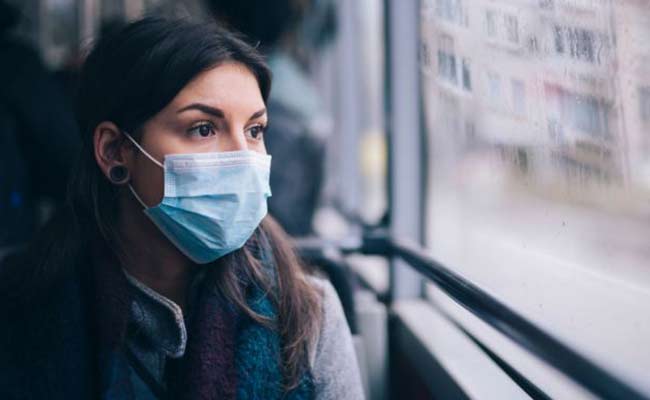
bdmetronews Desk ॥ Experts shared their thoughts on the impact of COVID-19 mitigation measures on flu rates this fall and winter.
Now that we are many months into the coronavirus pandemic, the majority of the public is infinitely more aware of the precautions necessary to help curb the spread of the infectious disease — mask-wearing, social distancing and hand-washing.
And as we near flu season ― which runs from about October to early May every year ― questions around expected flu rates during the pandemic are front of mind for many medical professionals. Hope around reduced flu rates are met with concerns of COVID-19 and influenza co-infection.
Since the pandemic began, the world’s thought process around the spread of infectious diseases has changed, according to Ali Raja, executive vice chair of the Department of Emergency Medicine at Massachusetts General Hospital.
“Specifically, the things that we have done, from wearing masks to hand-washing to physically distancing ourselves to even the cleaning,” Raja said. “Here in Boston, the subway system gets cleaned multiple times a day. Even that as a public health intervention, on top of the individual things like hand-washing and wearing masks, is going to change the flu season for this year — what we don’t know yet is how much.”
As with almost everything with the coronavirus pandemic, there is a level of uncertainty around what to expect from this completely unexpected virus. But there is reason to believe that mask-wearing, along with other precautions, may help lower flu rates this year.
Below, experts shared their thoughts on the impact of COVID-19 mitigation measures on flu rates this fall and winter.






